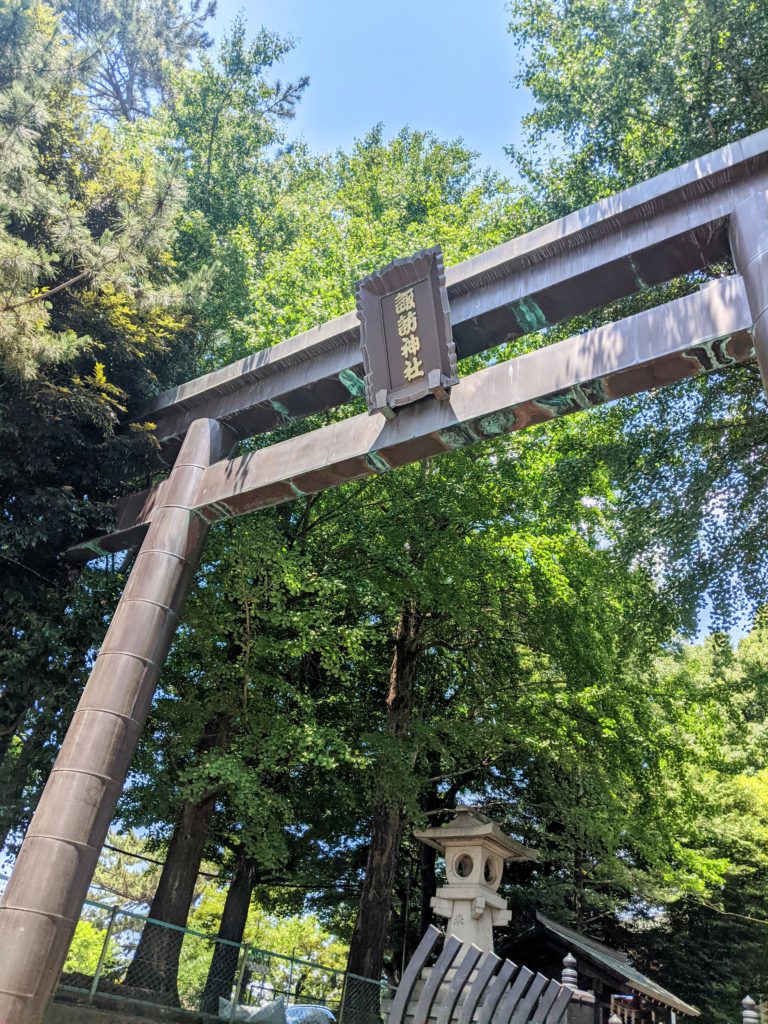
There are 13 types of Shinto shrines in Japan, each with a different belief system and deities. A deeper understanding of many types of Shinto Shrines gives you different experiences and blessings.
Shinto Beliefs: 5 Core Values of Japanese Indigenous Religion
Table of Contents
What each Shrine Means/ Types of Shinto Shrines
We have more than 80,000 Shinto Shrines in Japan, which means you can visit one at every corner. However, not every Japanese understands the differences among the many types of Shinto shrines.
Shinto shrines are the embodiment of Japanese worship of the deities of nature. Learning about the types of Shinto shrines in Japan will give you a better understanding of Japanese culture.
1. Inari Shrines (稲荷社)
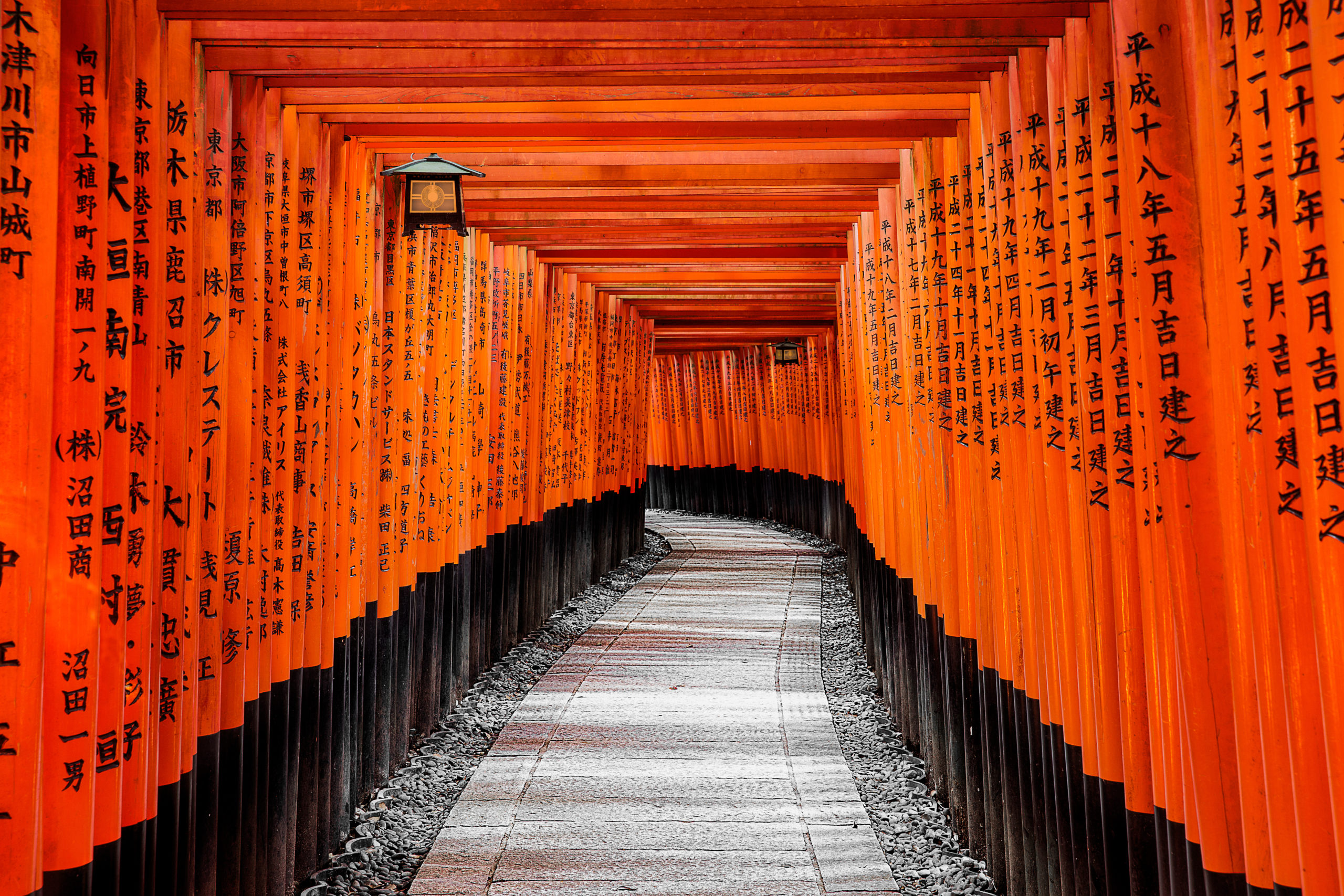
The Grand Head Shrine: Fushimi Inari Taisha in Kyoto
The Enshrined Deity: Uka-no-Mitama-no-Kami (宇迦之御魂神)
The Blessings: It is the god of grain and one of the gods of agriculture. Also, it’s famous as a god of prosperity due to its bountiful image.
The name ‘Uka’ means grain or food.
People worship Inari Shrines for the deity of rice and grains (harvest, agriculture, thriving business, encouragement of new industry).
These shrines can be found in stores and shopping districts, on company rooftops, and on the premises of factories.
The term “Inari” can be broken down into ‘Ine’ and ‘Nari,’ which means producing rice. The fact that one single grain of rice can yield thousands of them is related to thriving businesses and encouraging new industries. Hence, people worship it as the deity of that domain.
They feature fox guardians, who stand out and tell us they are one of the Inari shrines. Why fox? Foxes prey on mice, which eat away grains. Their fur color and tail shape look like the ears of rice. Those facts made foxes related to divine messengers or guardians.
Inari shrines are the most common Shinto shrines, and we have approximately 30,000 shrines all over Japan.
2. Hachiman Shrines (八幡社)
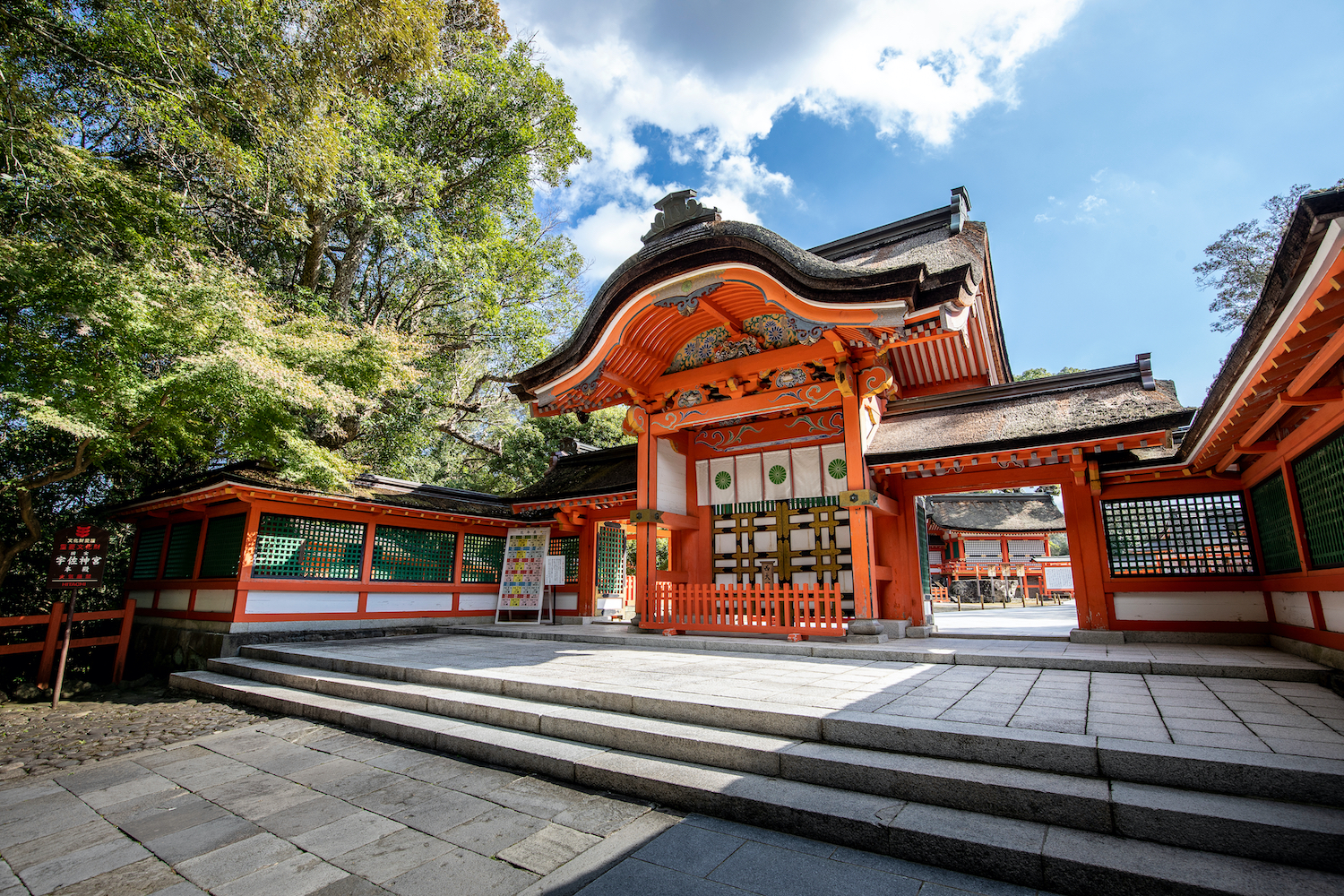
The Grand Head Shrine: Usa Jingu in Oita Prefecture
The Enshrined Deity: Hachiman (Deified Emperor Oujin) as the Deity of Agriculture and the Sea. Also, Empress Jingu is Enshrined as well.
The Iwashimizu Hachimangu was constructed as a guardian deity of Heian-Kyo (present-day Kyoto).
In the Kamakura period (1185-1333), Minamoto no Yoritomo constructed Tsuruoka Hachimangu as the deity of military and protection. Since then, the worship of the deity of Hachiman spread all over Japan.
This types of Shinto shrines exist a lot, approximately we have 14,800 Hachiman Shrines all over Japan.
3. Shinmei Shrines (神明社)
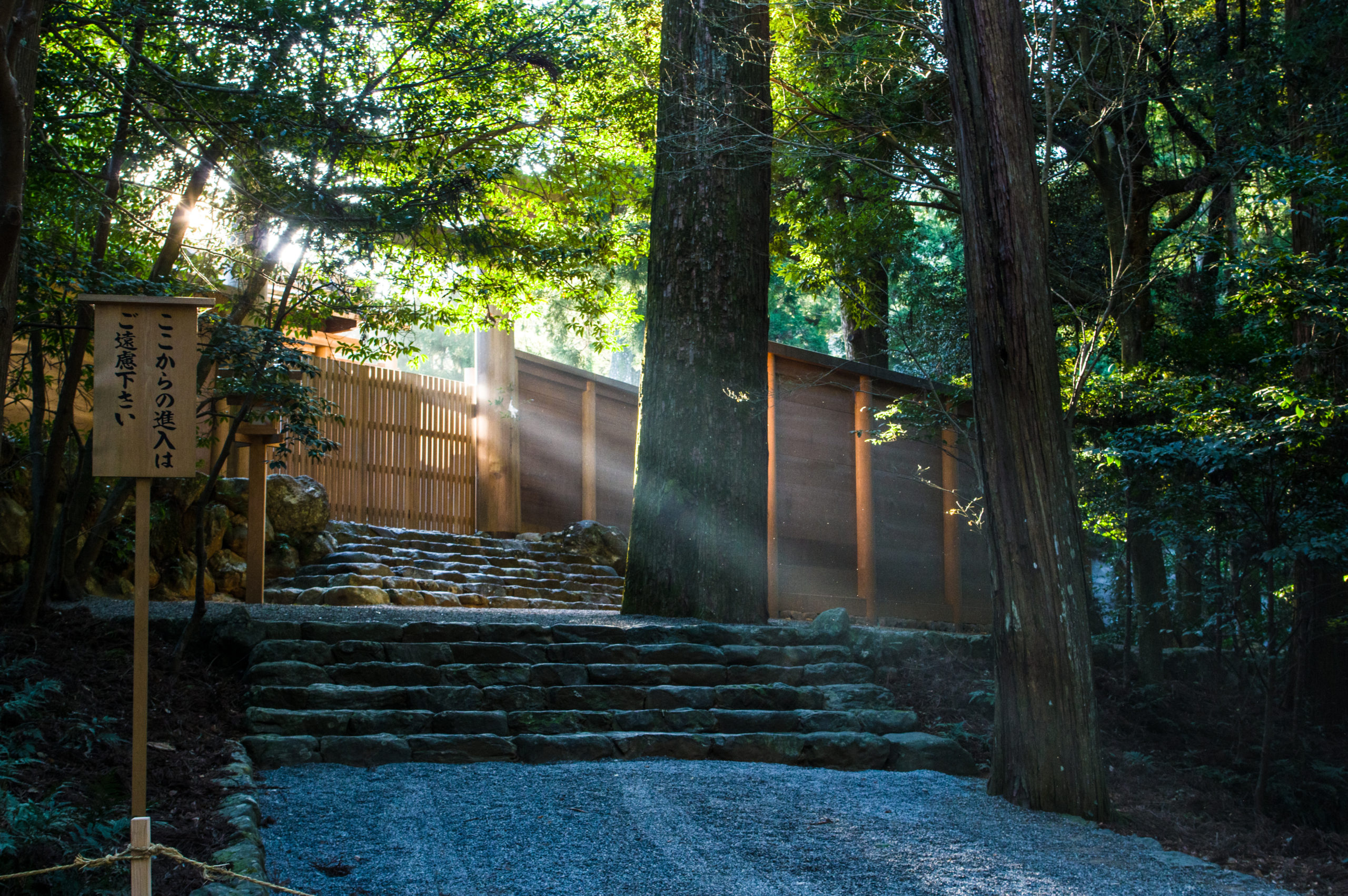
The Grand Head Shrine: Ise Jingu (Jinku) in Mie Prefecture
The Enshrined Deity: Amaterasu
The Blessings: Its benefits are not specific but universal, and it is also known as the god of national peace and prosperity.
It has its alternate name ‘Oise-san’. Also known as Kotai Shrine or Tenso Shrine.
It refers to the worship of Ise Jingu since it enshrines Amaterasu, the sun goddess, and the worship is widespread among agricultural rituals.
There are about 5,400 Shinmei Shrines all over Japan.
4. Tenjin or Tenmangu (天神社・天満宮)
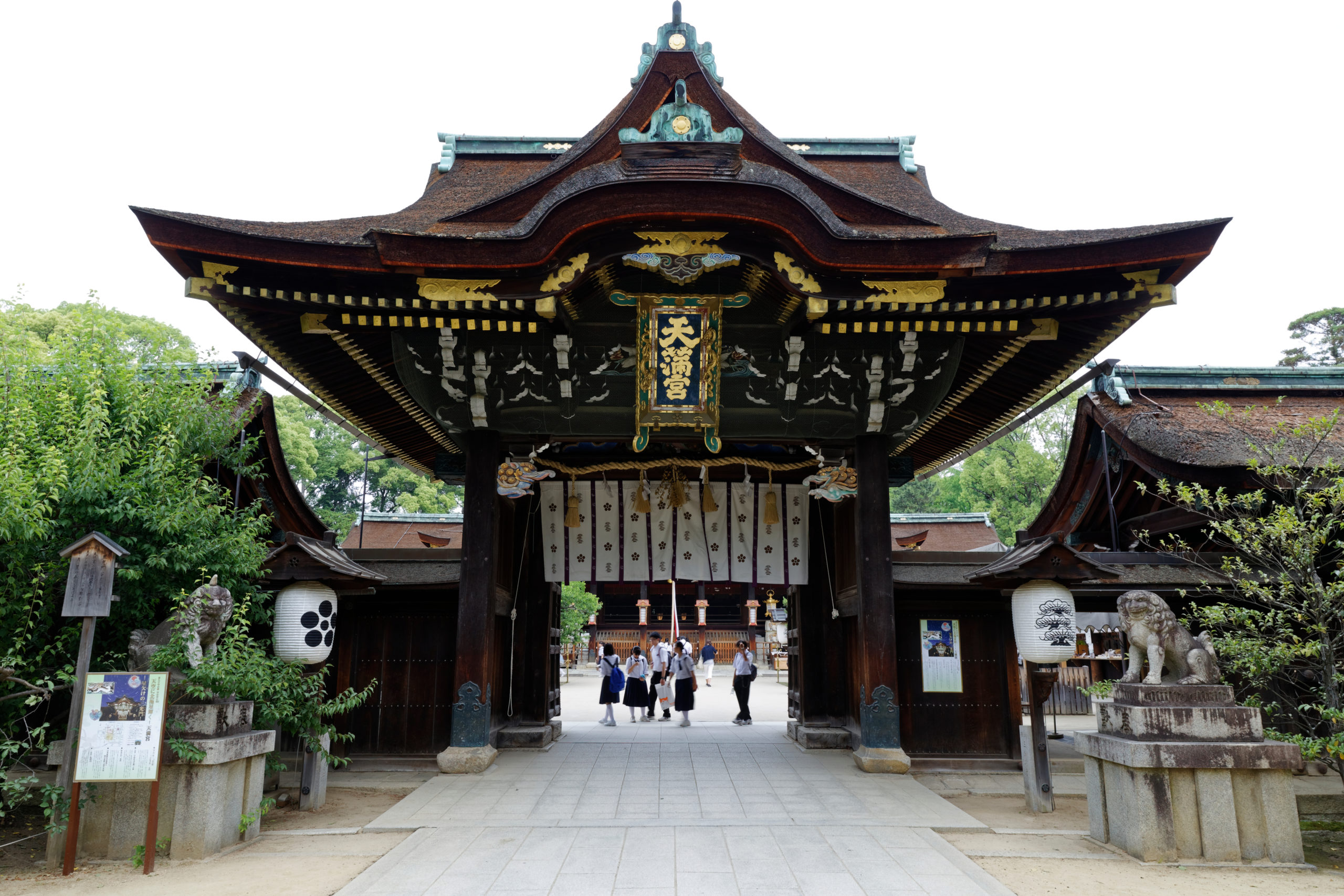
Tenjin or Tenmangu is the abbreviation of Tenman Dai-Jizai Tenjin.
The Grand Head Shrine: Kitano Tenmangu
The Enshrined Deity: Sugawara-no-Michizane
The Blessings: Widely known as the god of learning, sincerity, and protection from bad luck.
Sugawara no Michizane was an exceptional scholar and politician of the Heian period (794-1185). He was stepping up under Emperor Uda and Emperor Daigo. However, his political opponent tricked him into a demotion.
The Onryo belief in Japan is that the soul of one who dies indignantly could cause a lot of trouble and disaster to those alive. So, people enshrine him to calm his spirit so as not to cause catastrophe.
People began to call him ‘Tenjin-sama’ and expect divine blessings from him regarding study and exams.
Dazaifu Tenmangu is another famous Tenjin where you see the crowds of students each exam season.
There are about 10,300 Tenjin all over Japan.
5. Suwa Shrines (諏訪神社)
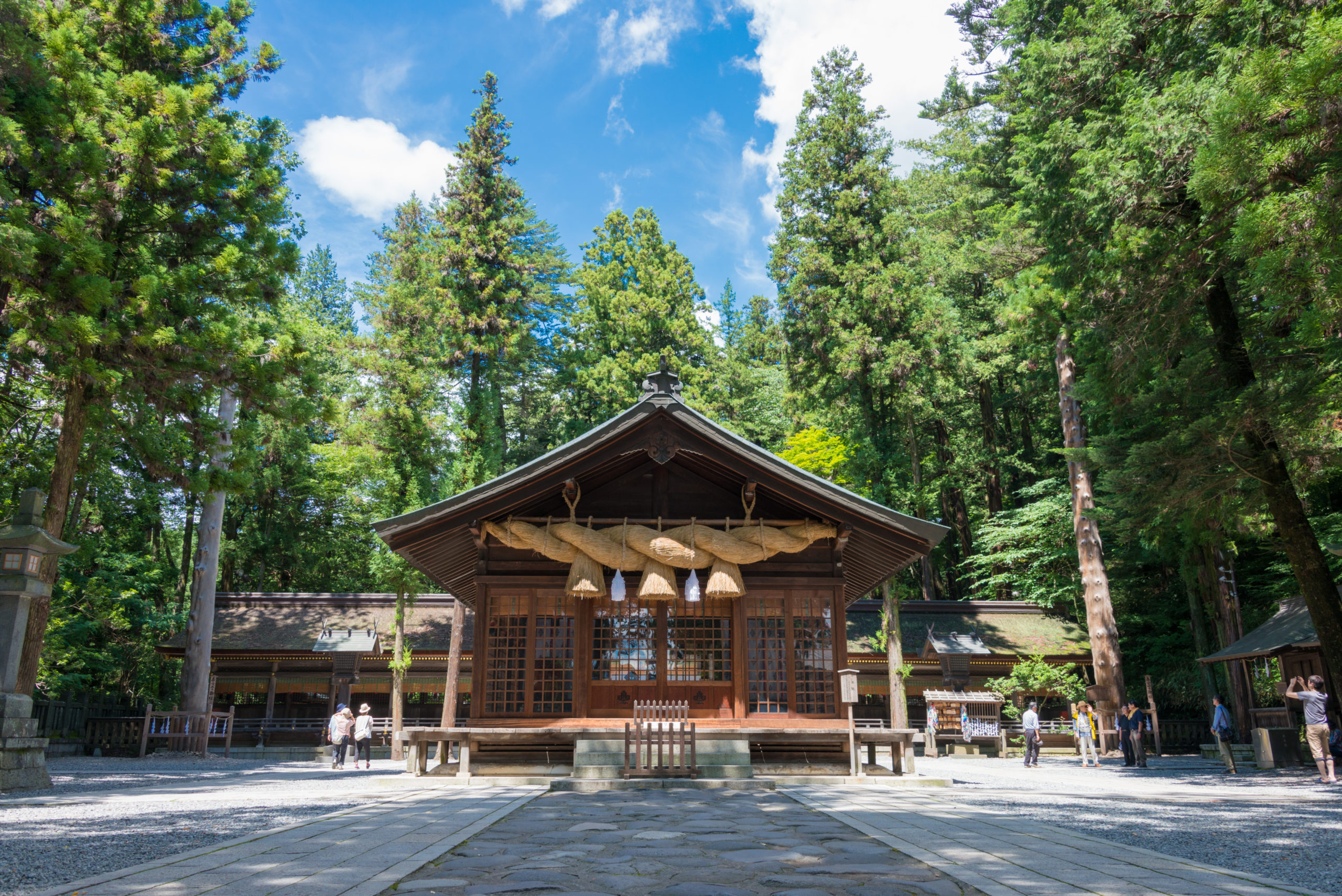
Suwa-jinja Shrine is a Shinto shrine that received the deity’s invocation (transferring the deity’s spirit to another location and enshrining it) from Taisha Shrine, located on both sides of Lake Suwa in Nagano Prefecture.
The Grand Head Shrine: Suwa Taisha in Nagano Prefecture
The Enshrined Deity: Takeminakata-no-Kami, Yasakatome-no-Mikoto
Blessings: Benefits include prayers for victory, prosperous business, and prosperity of offspring.
Famous as a god of strength and one of the three military gods of Japan.
Suwa faith is prominent in the belief in a dragon god who governs rain and wind and as a guardian deity of agriculture directly related to water and wind. The belief in water has been transformed into a belief in a guardian deity of childbirth.
There are about 5,700 Suwa Shrines all over Japan.
6. Kumano Shrines (熊野神社)
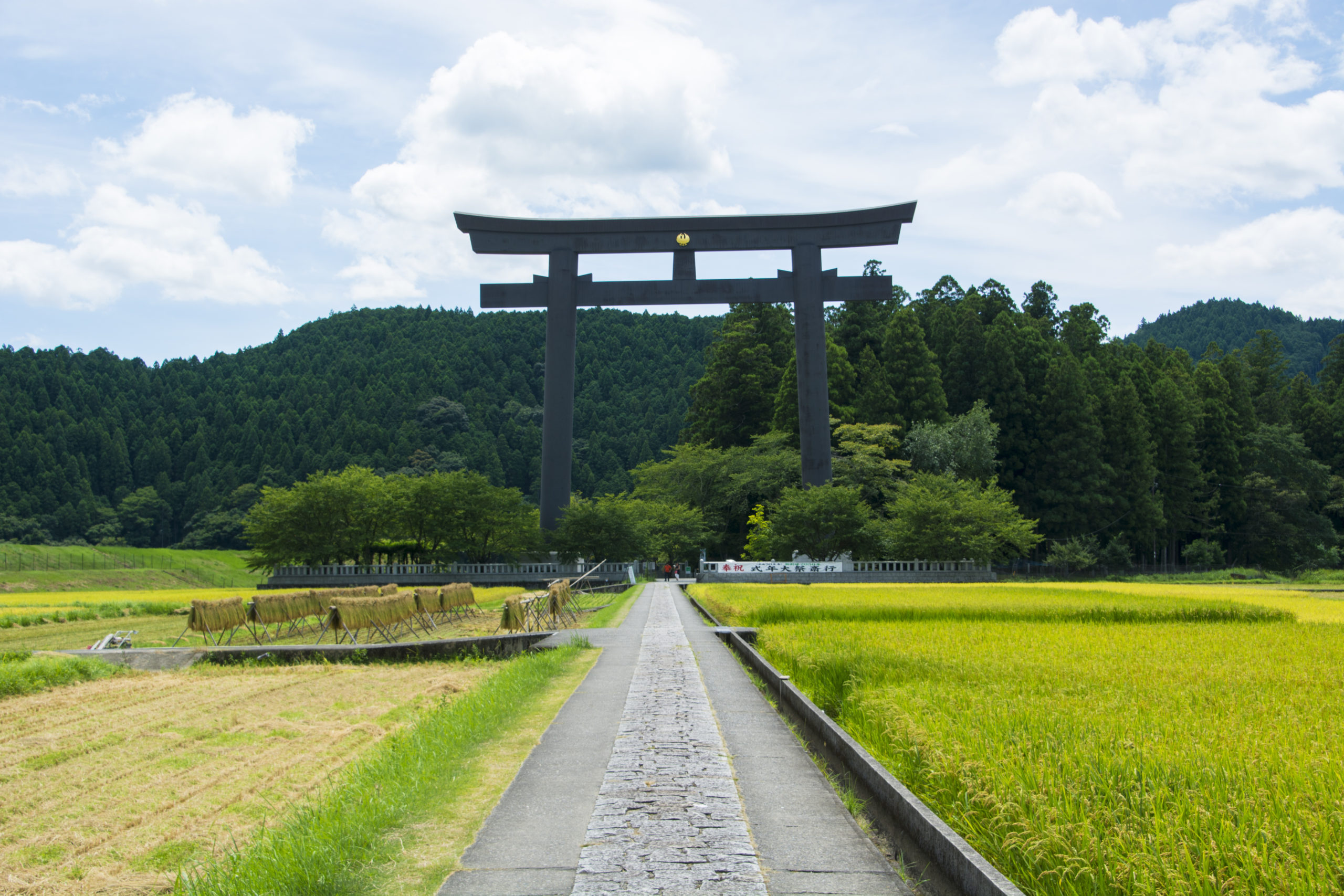
Kumano Gongen Shrine is transferred by Kumano Sanzan (Kumano Hongu Taisha, Kumano Hayatama Taisha, and Kumano Nachi Taisha).
The Grand Head Shrine: Sanzan (Kumano Hongu Taisha, Kumano Hayatama Taisha, and Kumano Nachi Taisha)
The Enshrined Deity: Izanami no Mikoto and others.
The Blessings: It is essentially a Buddhist Buddha, but its temporary form is a Shinto deity, a rare form of god.
There are about 4,776 Kumano Shrines all over Japan.
7. Kasuga Shrines (春日神社)
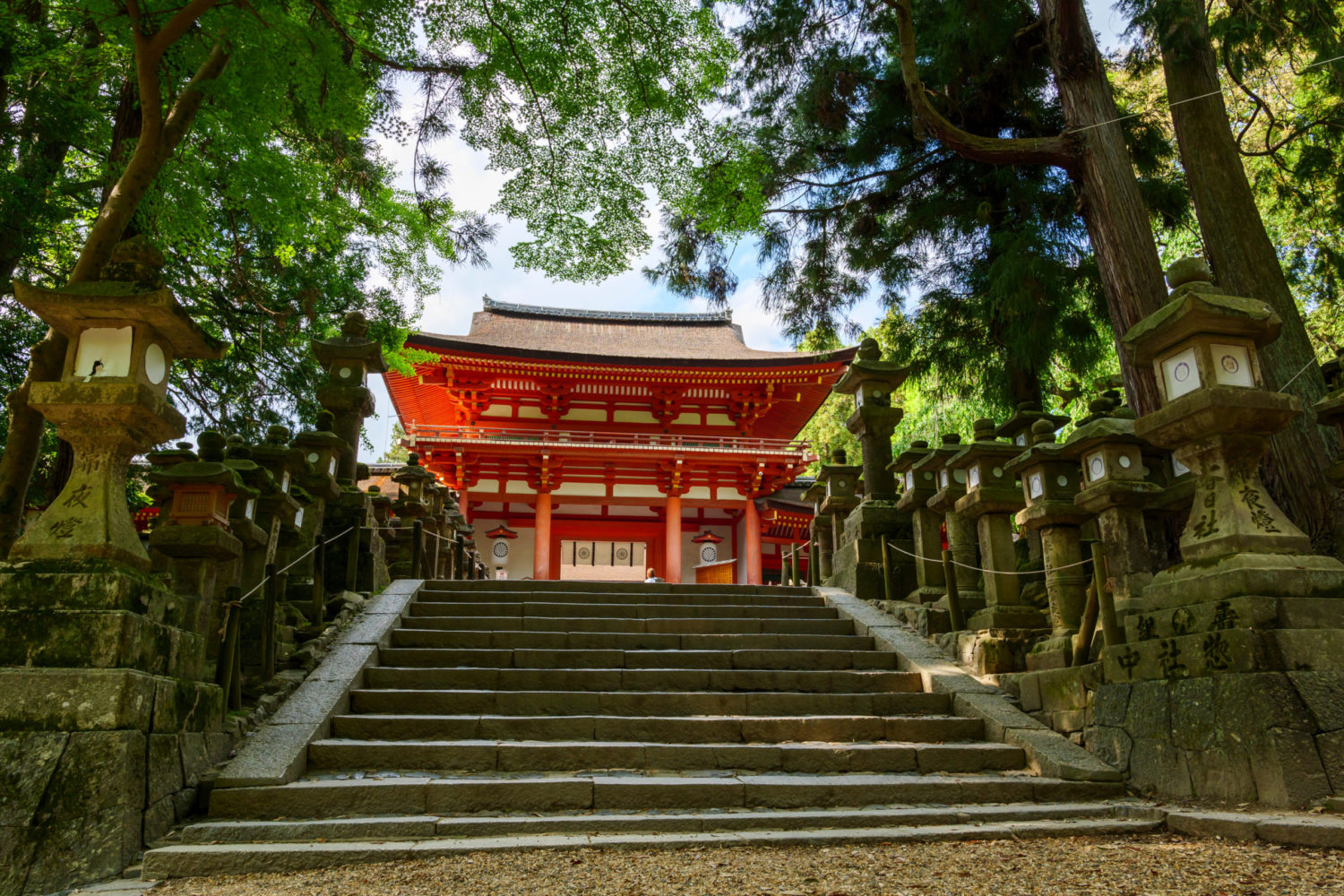
Shrines transferred by Kasuga Taisha Shrine.
The Grand Head Shrine: Kasuga Taisha Shrine
The Enshrined Deities: Ameno Koyane no Mikoto, Takemikazuchi, Futsunushi no Kami, Hime no Kami
In 710, when the capital was moved to Heijo-kyo in Nara, Fujiwara no Fuhito moved the Fujiwara’s clan deity, Takemikazuchi, to Mikasayama in Kasuga and enshrined him, calling him Kasuga-no-kami.
Approximately 3,100 shrines exist nationwide.
8. Yasaka Shrines (八坂神社)
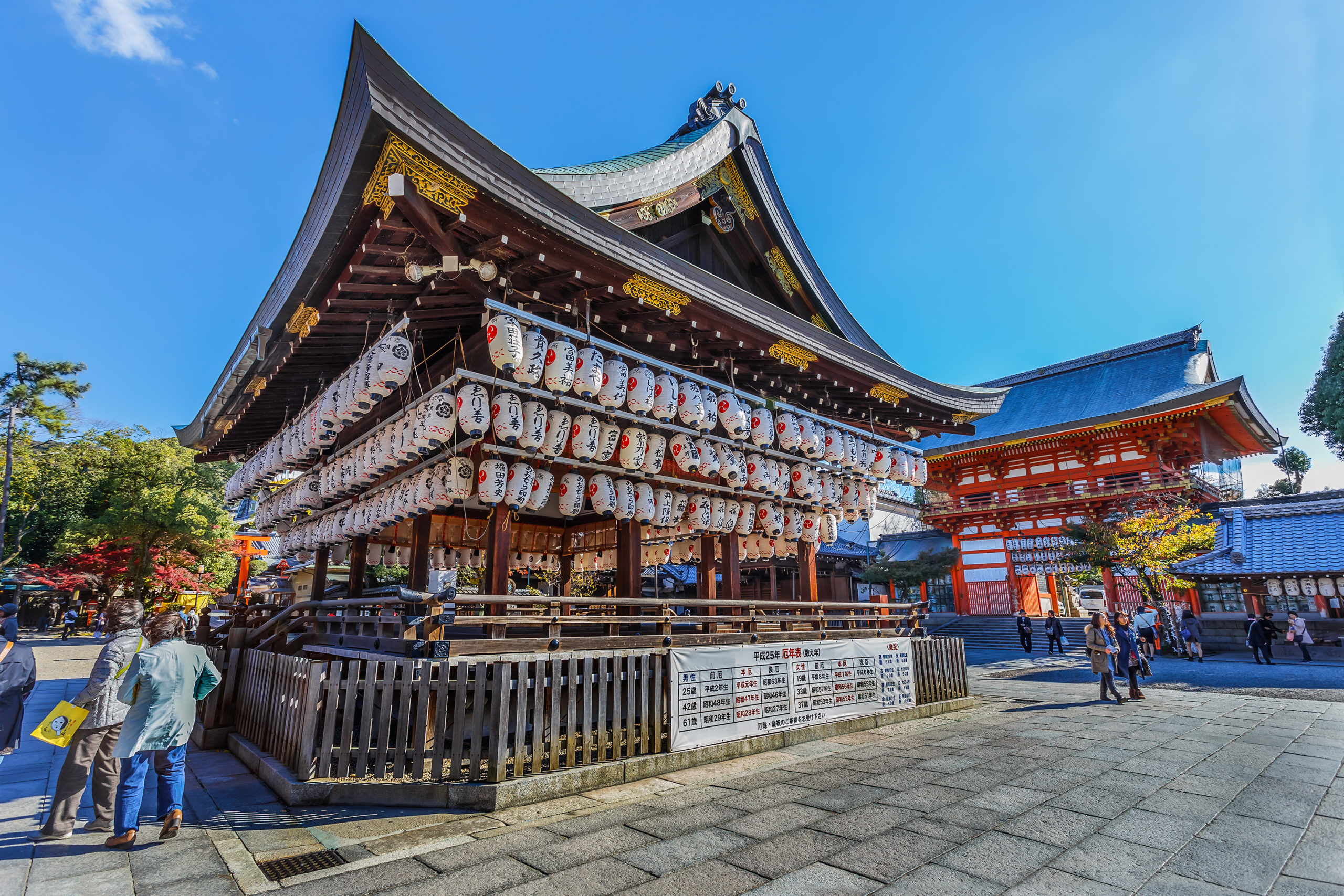
Yasaka Shrine is the name of a shrine dedicated to Susanono-no-mikoto and is located throughout Japan.
The Grand Head Shrine: Yasaka Shrine in Kyoto aka ‘Gion-san’
The Enshrined Deity: Susanoo-no-Mikoto
At the beginning of the Heian period (794-1185), the people believed that the outbreak of plague and disease in the capital was caused by grudge spirits (people who had lost political power and were exiled or executed), and they enshrined their spirits.
However, the anger did not diminish, and the people demanded a more muscular god or Buddha. The origin of the shrine is the worship of Susanoo-no-Mikoto, who have defeated the Yamata-no-Orochi, a serpent equated with all kinds of disasters in Japanese mythology, and saved Kushinadahime-no-Mikoto, bringing good fortune to the land.
Hence, it is known as the god of calming calamities.
Approximately 2,900 shrines exist nationwide.
9. Shirayama or Hakusan Shrines (白山神社)
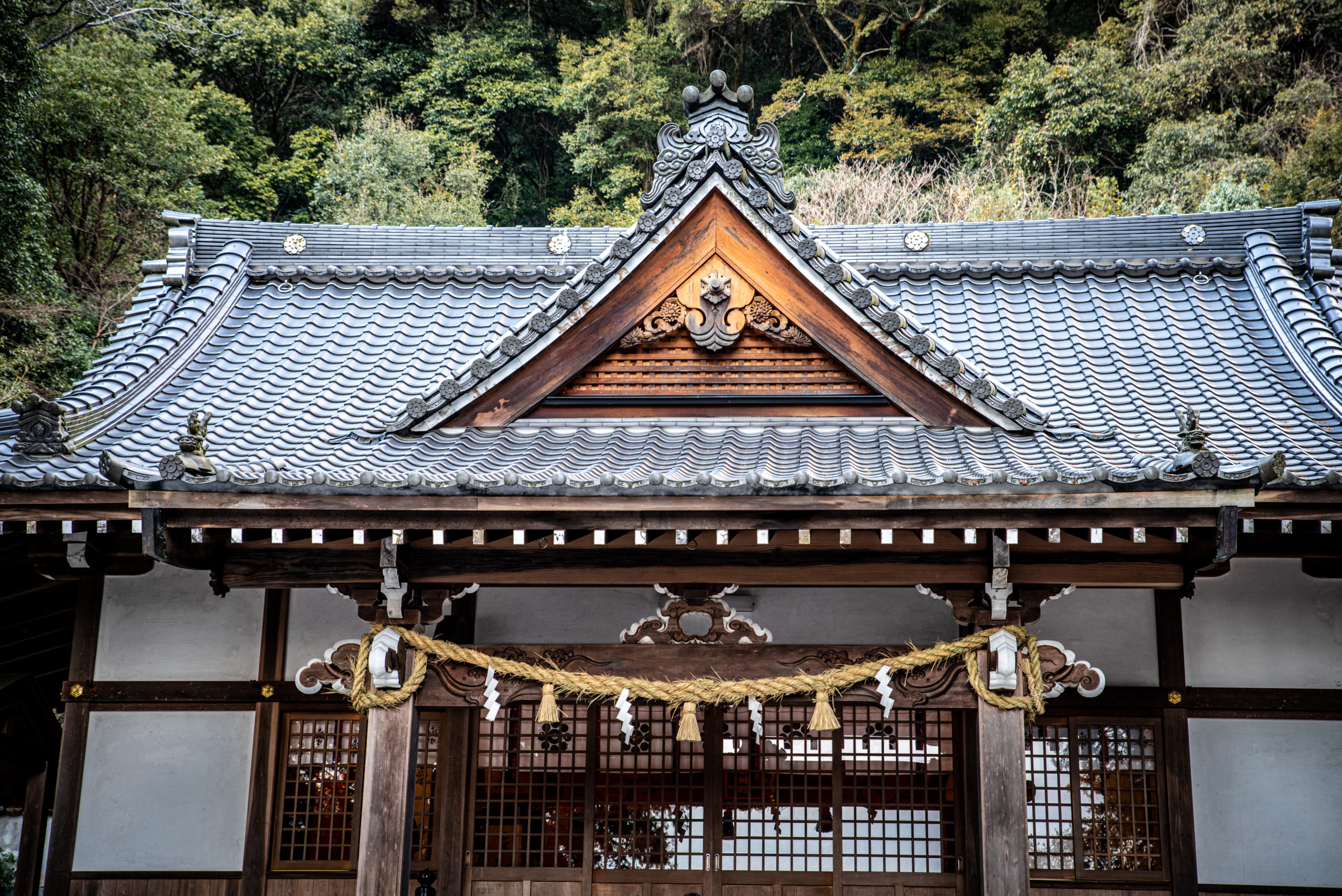
Hakusan Shrine enshrines the deities of Mount Fuji, Mount Tateyama, and Mount Hakusan, commonly known as the Three Sacred Mountains.
The Grand Head Shrine: Shirayama Hime Shrine in Shirayama City in Ishikawa Prefecture
The Enshrined Deity: Kukurihime-no-Kami, Izanagi, Izanami
Approximately 2,700 Shirayama Shrines exist. Especially in Gifu, Ishikawa, Niigata, and Shizuoka Prefectures.
10. Sumiyoshi Shrines (住吉神社)
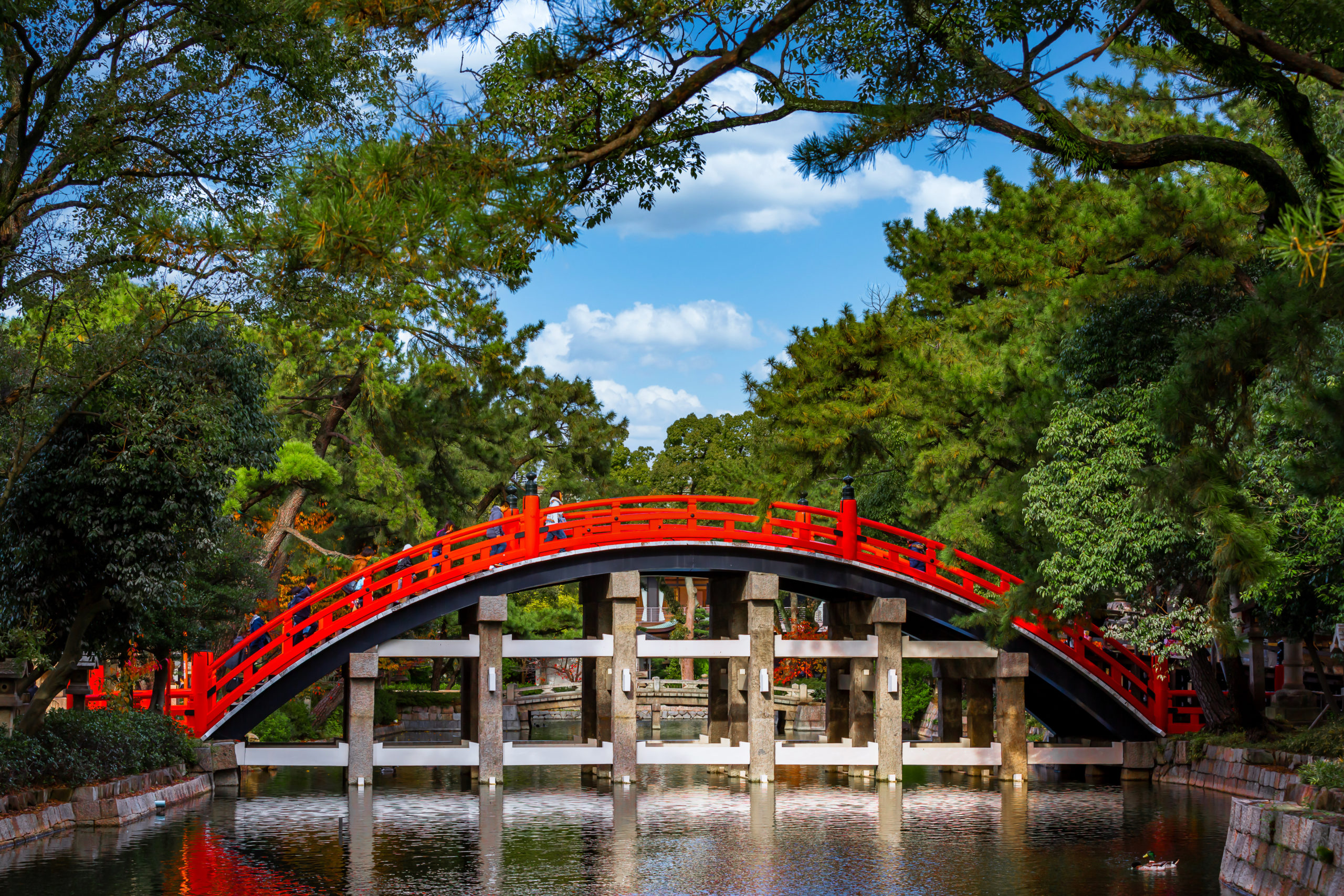
Sumiyoshi Shrine enshrines the three Sumiyoshi deities.
The Grand Head Shrine: Sumiyoshi Taisha
The Enshrined Deity: Sokotsutsunoo-no-Mikoto, Nakatsusunoo-no-Mikoto, Uwatsutsunoo-no-Mikoto
It is beneficial for warding off bad luck and preventing calamities. Additionally, people worship them as the god of safe navigation, agricultural protection, and sumo wrestling.
Approximately 2,100 shrines exist all over Japan.
11. Hiyoshi or Sanno Shrines (日吉神社・山王神社)
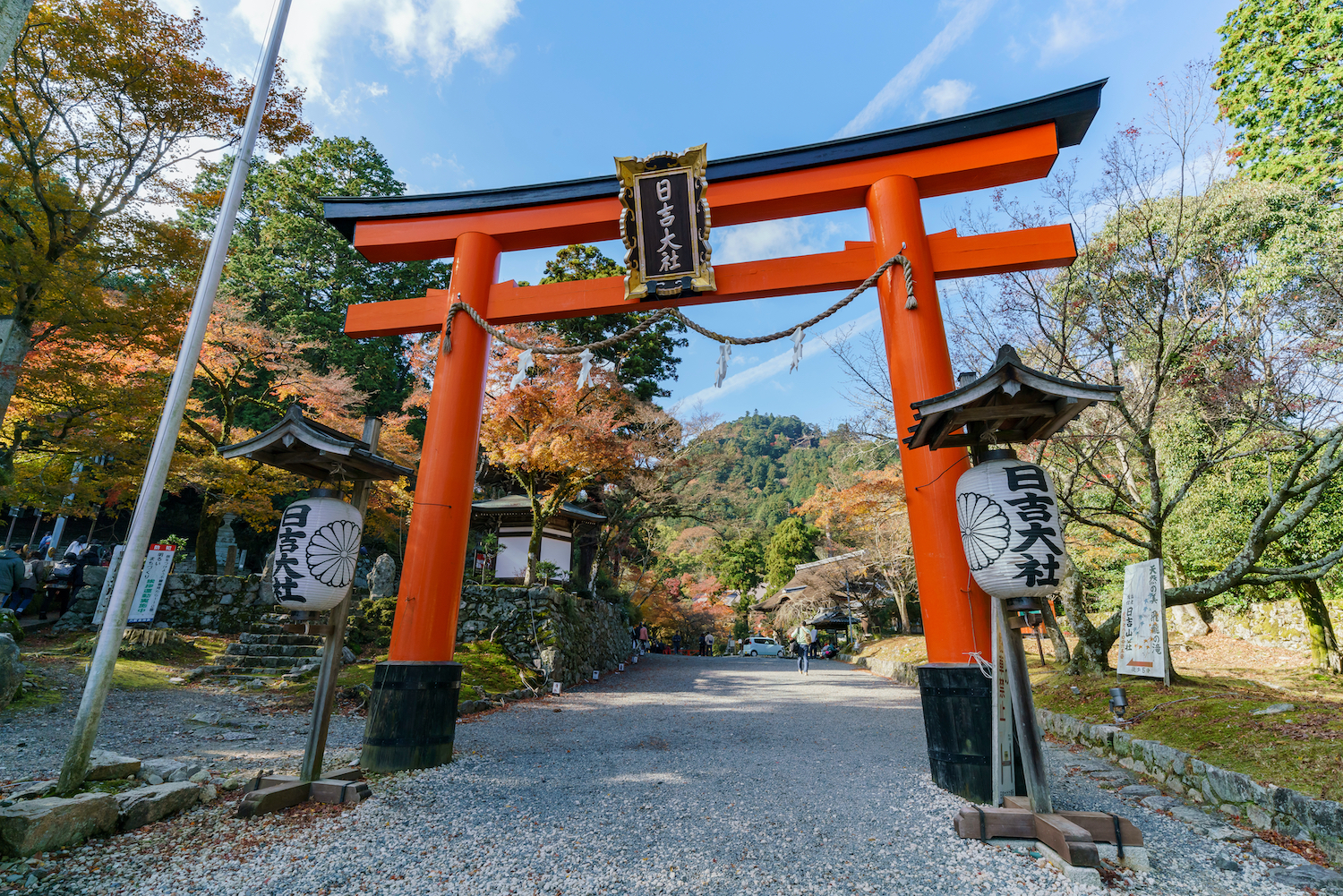
Hiyoshi Shrine and Sanno Shrine are shrines based on the Sanno faith and were transferred by Hiyoshi Taisha Shrine.
The Grand Head Shrine: Hiyoshi Taisha
The Enshrined Deity: Oyamakui-no-Kami, Oomono-Nushi-no-Kami
Sanno refers to the divine spirit that protects the sacred mountain, in this case, Oyamakui, the deity of the landowner of Mt. Hiei.
With the relocation of the capital to Kyoto, people began to revere the shrine, which was located in the demon’s gate of Kyoto and warding off evil and misfortune.
Approximately 2,000 shrines exist all across Japan.
12. Konpira Shrines (金比羅神社)
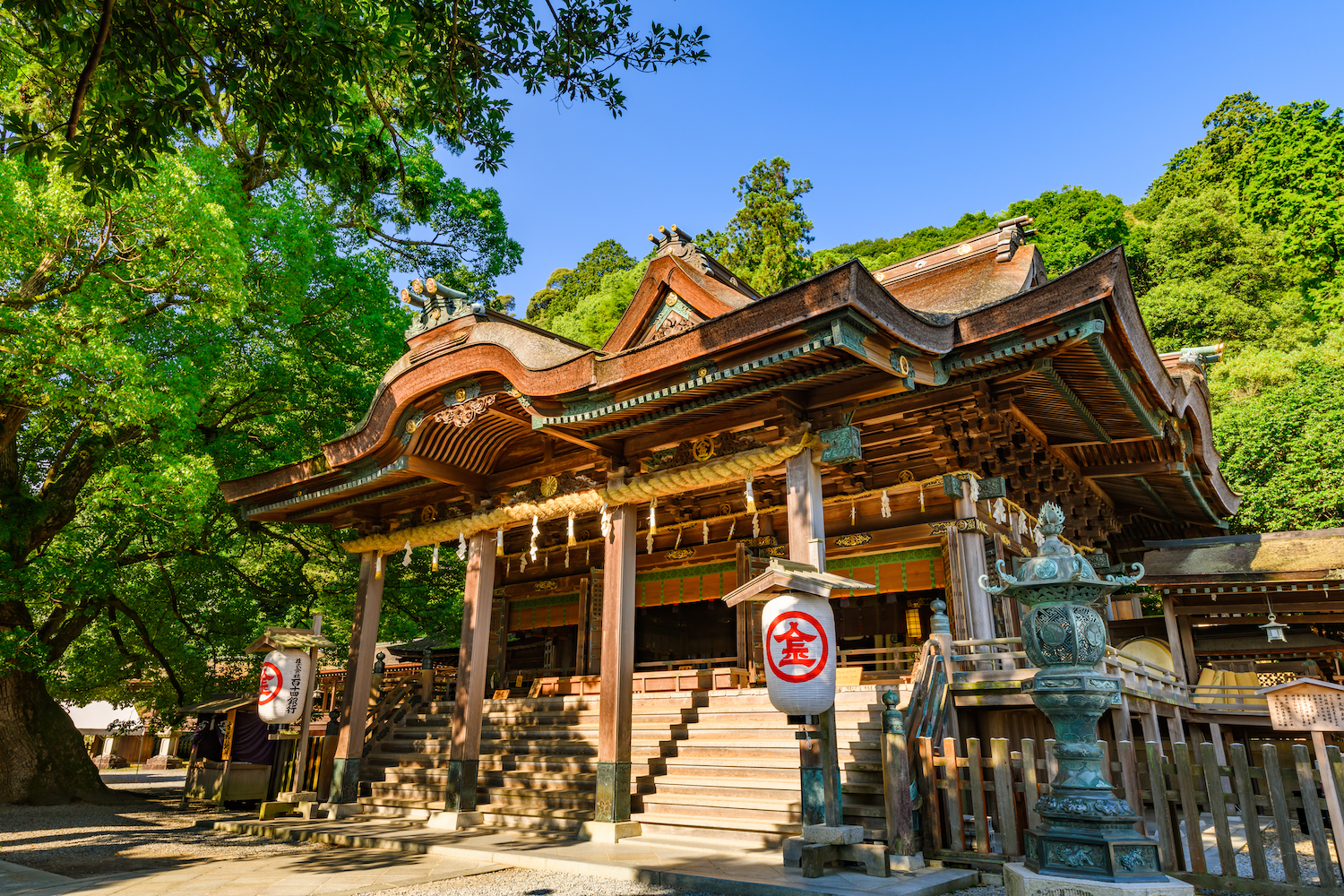
Konpira Shrine is the head shrine of the Konpiragu Shrine in Kotohira-cho, Kagawa Prefecture.
The Grand Head Shrine: Konpiragu Shrine
The Enshrined Deity: Omono-Nushi-no-Kami (大物主神)
The Konpira Shrine was initially dedicated to the deity Zotousan, where it is located.
Since Mt. Zotou has long been considered a navigational objective in the Seto Inland Sea, people began to worship the deity of Mt. Zotou as the god of maritime safety. Also, farmers revered it as a god for rain.
Approximately 1,900 shrines exist all over Japan.
13. Ebisu Shrines (恵比寿神社)
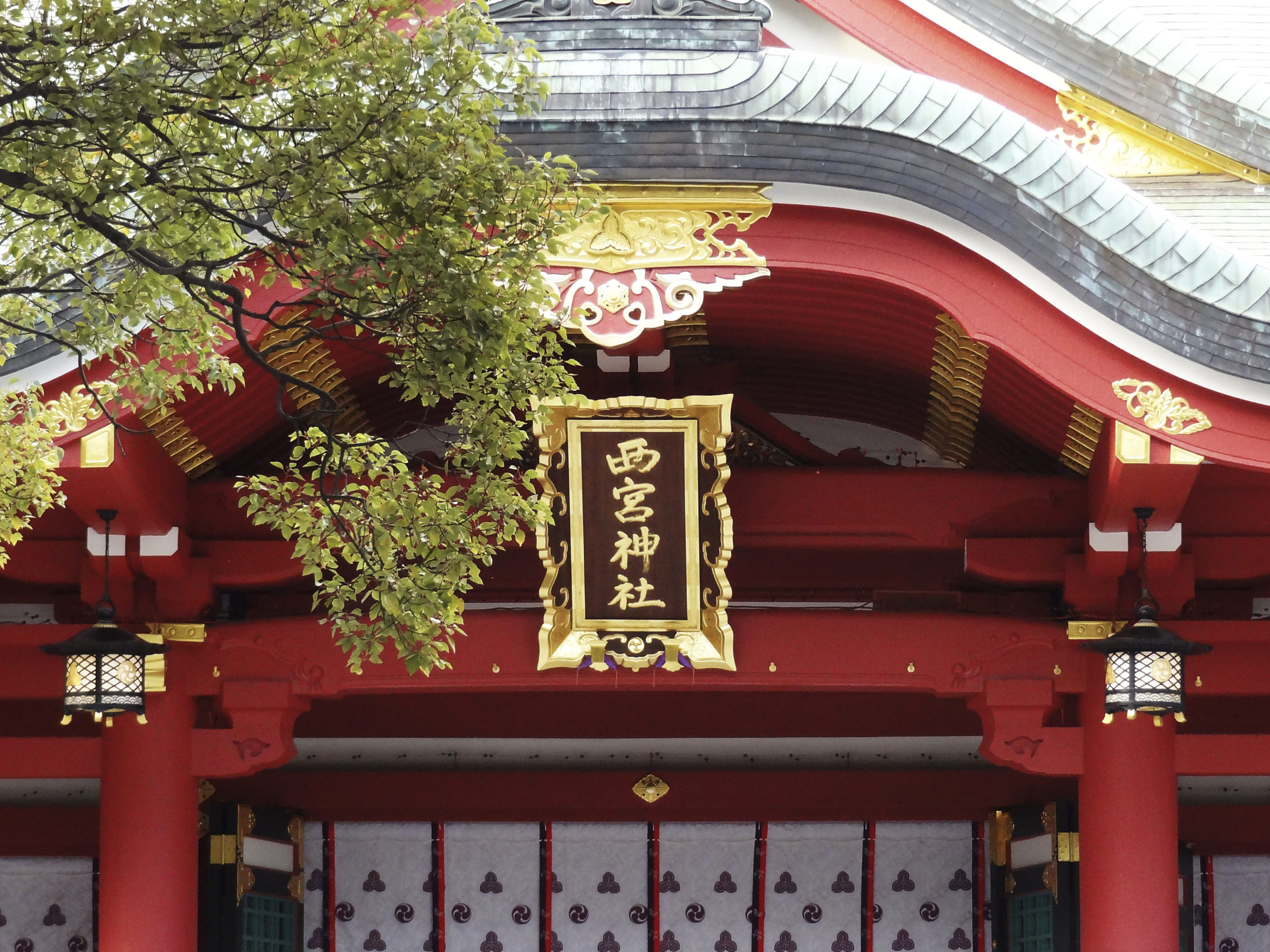
Ebisujin was originally a god of the sea and was born from the custom of calling unfamiliar objects that washed ashore ‘Ebisu’ and enshrining them as a gift from the gods to the sea.
The Grand Head Shrine: Nishinomiya Jinja
The Enshrined Deity: Hiruko (the child of Izanagi and Izanami), Ebisu or Kotoshironushi-no-Mikoto (the child of Okuninushi-no-Mikoto)
It has become a god of good catches and, by extension, prosperous business.
Approximately 1,500 shrines exist all over Japan.


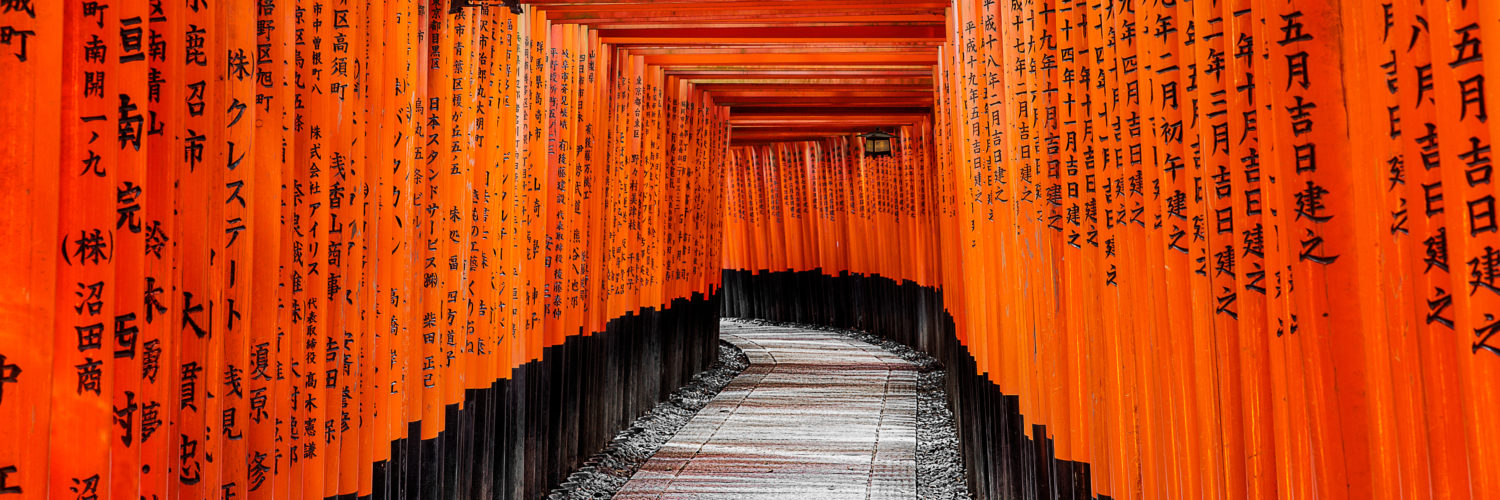
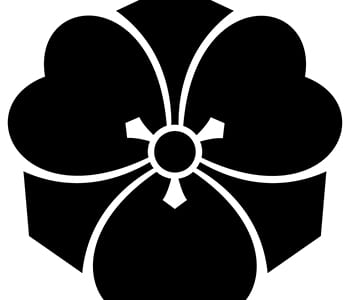
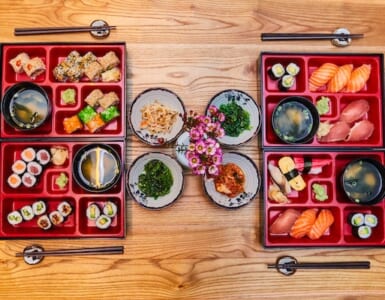
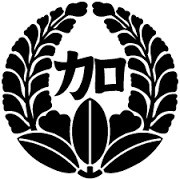


Add comment